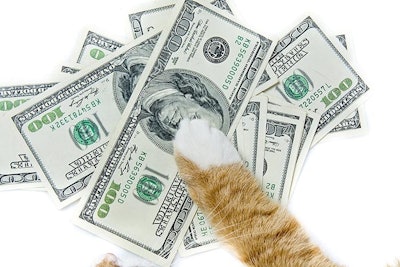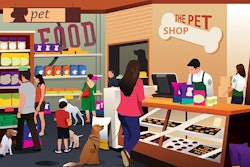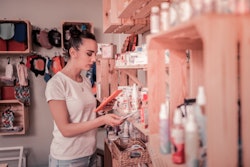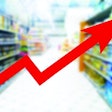
Pet food inflation in the U.S. continues to decrease, according to the latest data from the U.S. Bureau of Labor Statistics (BLS). In fact, the year over year (YOY) figure for August 2023 dropped nearly two percentage points from the July YOY figure, perhaps the largest decline since this inflationary period began. It now stands at 8.7% YOY versus 10.6% in July.
The BLS data, helpfully gathered and shared by John Gibbons of PetBusinessProfessor.com, also showed that for the overall U.S. pet care category, inflation decreased more than 2 percentage points, coming down from 8.7% in July to 6.6% in August. (Gibbons always cautions that this is preliminary data; BLS doesn’t finalize its numbers for a few months.)
Inflation in other pet care subcategories like supplies and veterinary services also fell in August on a YOY basis; the only one that saw an increase was pet services, which is now at 7.2%, up from 6.3% YOY in July.
Overall CPI ticks up while food inflation declines
The overall U.S. consumer price index (CPI) increased to 3.7% YOY in August, up slightly from 3% in July. The largest contributor to the increase was rising gas prices, according to BLS.
With that increase, plus the decrease for pet care, “petflation” (as Gibbons calls it) is now 2.35 times higher than the CPI, a drop from 2.7 higher in July. Another mild but positive sign — and even better, inflation for food at home (essentially groceries), fell to 3% YOY in August, down from 3.6% in July. During this inflationary period, as human food prices have started coming down, pet food prices have seemed to follow.
A food economist quoted by Madeleine Ngo of the New York Times cautioned that the recent increase in gas prices could lead to food companies raising prices to cover higher transportation costs. Climate-related events (extreme heat and drought) could also affect crop yields, said David Ortega of Michigan State University. The good news — in addition to the significantly different scenario from a year ago when food inflation hit 11.3% YOY — is that he doesn’t expect to see a large surge in food prices in the coming months.
That August 2022 figure was adjusted down from the original 13.5% reported for food at the time. For comparison, U.S. pet food inflation in August 2022 was at 13.1%, so starting to surpass food then.
Which states spend the most on pet food?
A more informal set of pet food data released recently broke down spending by U.S. state. In a survey of residents across the country, Mosquito Joe (a mosquito control treatment service) found that Texas pet owners spend the most on their pets’ food, US$1,297 a year, followed by New York at US$1,150. The average annual pet food spend nationwide is US$811. (Note that the survey results don’t include Alaska, Hawaii, Montana, North Dakota, South Dakota, Vermont and Wyoming because of low responses from those states.)
What I find most interesting about this data is the source: that a mosquito control company would survey pet owners in the first place. Given the high number of pet-owning households in the U.S., no doubt a decent share of its customers own pets; but I also think it speaks to the status that pets have reached in our culture.


















